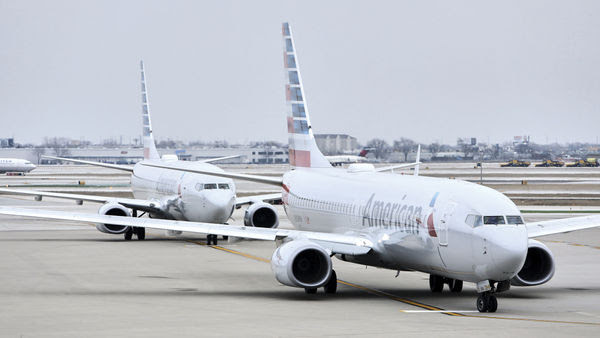Severe flash flooding across the southern United States triggered one of the year’s most significant travel disruptions, overwhelmingly impacting American Airlines operations at Dallas Fort Worth International Airport (DFW). The extreme weather led to the cancellation or delay of over 700 American Airlines flights at DFW, paralyzing the airline’s critical hub and disrupting routes nationwide.
This crisis at DFW was part of a broader nationwide travel meltdown, with more than 1,000 flights canceled and over 2,000 delayed across the country. The intense flooding crippled travel infrastructure across key states like Texas, Mississippi, Oklahoma, and Arkansas, overwhelming airports and grounding aircraft.

Texas bore the brunt of the floods, with major urban centers like Dallas, San Antonio, and Houston experiencing significant disruption. Inundated roads made airport access difficult and stranded travelers. Airlines offered weather waivers for affected routes. At various airports, including San Antonio, operations faced intermittent closures and delays due to water on runways and lightning threats.
The scale of the disruption exposed vulnerabilities in the U.S. aviation system’s ability to handle rapid-onset extreme weather. Airports struggled with basic functions, and the cascading effects of grounded planes and displaced crews compounded the chaos for passengers. The impact extended beyond air travel, disrupting interstate highways, rail, and bus services in the affected regions.
The tourism sector faced mass cancellations, adding financial pressure to an already strained airline industry. For American Airlines, the extensive disruptions at DFW incurred significant costs.

Experts highlight this event as a clear warning about the increasing impact of climate disruption on transportation infrastructure. The unpredictability of flash floods necessitates better preparedness and investment in climate-adaptive planning for the future. Travelers are advised to closely monitor flight statuses, consider alternative travel plans, and prioritize safety by avoiding flooded areas during such events. The incident underscores the fragility of modern travel systems when confronted with severe weather, prompting calls for increased resilience as extreme weather becomes more common.
